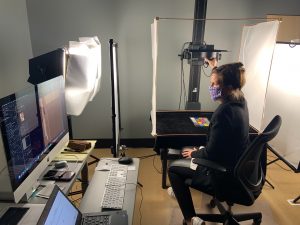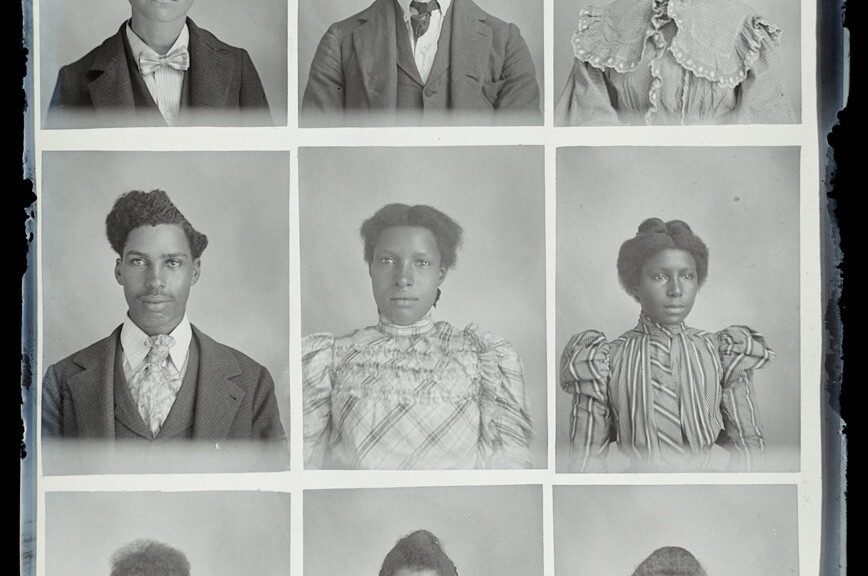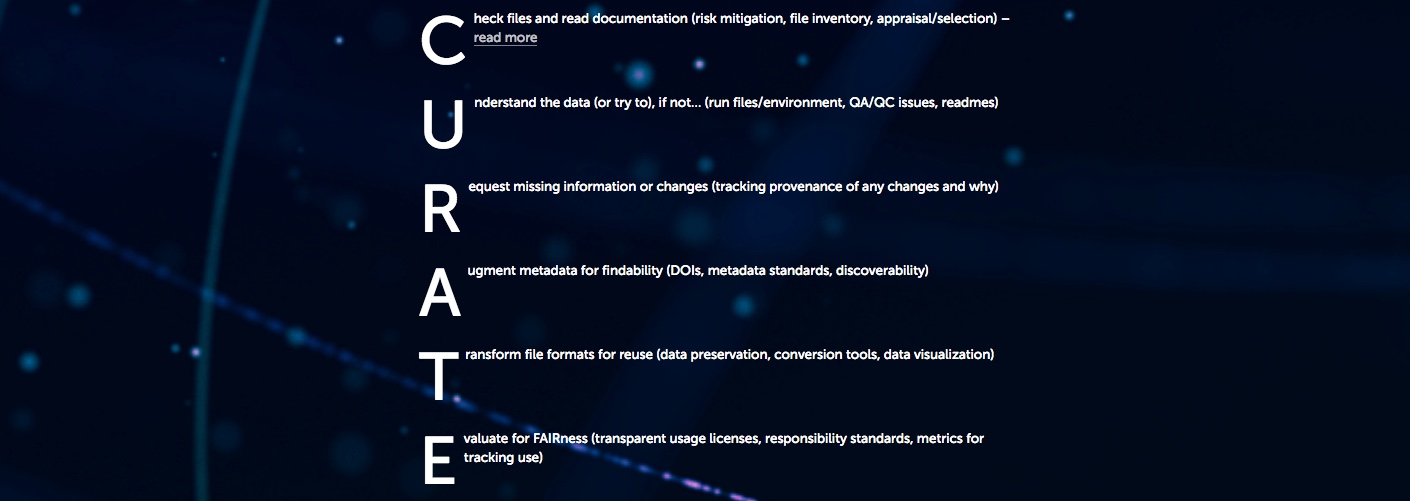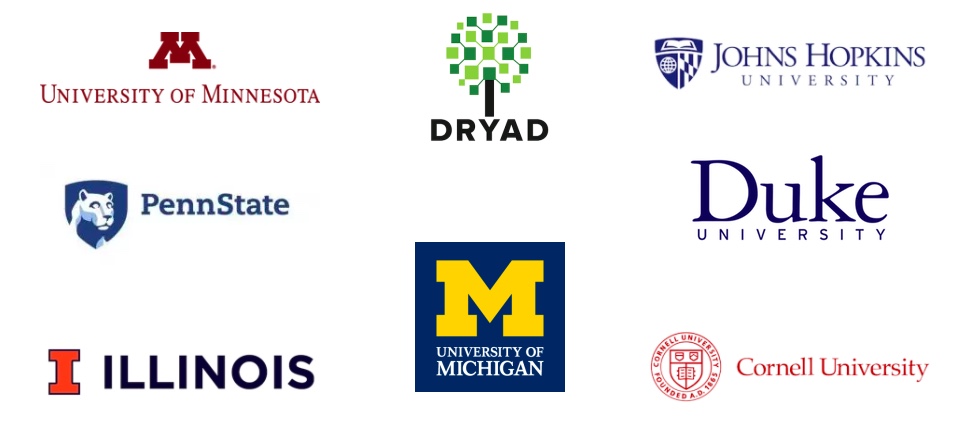This post was written by Jen Jordan, a graduate student at Simmons University studying Library Science with a concentration in Archives Management. She is the Digital Collections intern with the Digital Collections and Curation Services Department. Jen will complete her masters degree in December 2021.
The Digital Production Center (DPC) is thrilled to announce that work is underway on a 3-year long National Endowment for the Humanities (NEH) grant-funded project to digitize the entirety of Behind the Veil: Documenting African-American Life in the Jim Crow South, an oral history project that produced 1,260 interviews spanning more than 1,800 audio cassette tapes. Accompanying the 2,000 plus hours of audio is a sizable collection of visual materials (e.g.- photographic prints and slides) that form a connection with the recorded voices. 
We are here to summarize the logistical details relating to the digitization of this incredible collection. To learn more about its historical significance and the grant that is funding this project, titled “Documenting African American Life in the Jim Crow South: Digital Access to the Behind the Veil Project Archive,” please take some time to read the July announcement written by John Gartrell, Director of the John Hope Franklin Research Center and Principal Investigator for this project. Co-Principal Investigator of this grant is Giao Luong Baker, Digital Production Services Manager.
 Digitizing Behind the Veil (BTV) will require, in part, the services of outside vendors to handle the audio digitization and subsequent captioning of the recordings. While the DPC regularly digitizes audio recordings, we are not equipped to do so at this scale (while balancing other existing priorities). The folks at Rubenstein Library have already been hard at work double checking the inventory to ensure that each cassette tape and case are labeled with identifiers. The DPC then received the tapes, filling 48 archival boxes, along with a digitization guide (i.e. – an Excel spreadsheet) containing detailed metadata for each tape in the collection. Upon receiving the tapes, DPC staff set to boxing them for shipment to the vendor. As of this writing, the boxes are snugly wrapped on a pallet in Perkins Shipping & Receiving, where they will soon begin their journey to a digital format.
Digitizing Behind the Veil (BTV) will require, in part, the services of outside vendors to handle the audio digitization and subsequent captioning of the recordings. While the DPC regularly digitizes audio recordings, we are not equipped to do so at this scale (while balancing other existing priorities). The folks at Rubenstein Library have already been hard at work double checking the inventory to ensure that each cassette tape and case are labeled with identifiers. The DPC then received the tapes, filling 48 archival boxes, along with a digitization guide (i.e. – an Excel spreadsheet) containing detailed metadata for each tape in the collection. Upon receiving the tapes, DPC staff set to boxing them for shipment to the vendor. As of this writing, the boxes are snugly wrapped on a pallet in Perkins Shipping & Receiving, where they will soon begin their journey to a digital format.
The wait has begun! In eight to twelve weeks we anticipate receiving the digital files, at which point we will perform quality control (QC) on each one before sending them off for captioning. As the captions are returned, we will run through a second round of QC. From there, the files will be ingested into the Duke Digital Repository, at which point our job is complete. Of course, we still have the visual materials to contend with, but we’ll save that for another blog!
another blog!
As we creep closer to the two-year mark of the COVID-19 pandemic and the varying degrees of restrictions that have come with it, the DPC will continue to focus on fulfilling patron reproduction requests, which have comprised the bulk of our work for some time now. We are proud to support researchers by facilitating digital access to materials, and we are equally excited to have begun work on a project of the scale and cultural impact that is Behind the Veil. When finished, this collection will be accessible for all to learn from and meditate on—and that’s what it’s all about.












